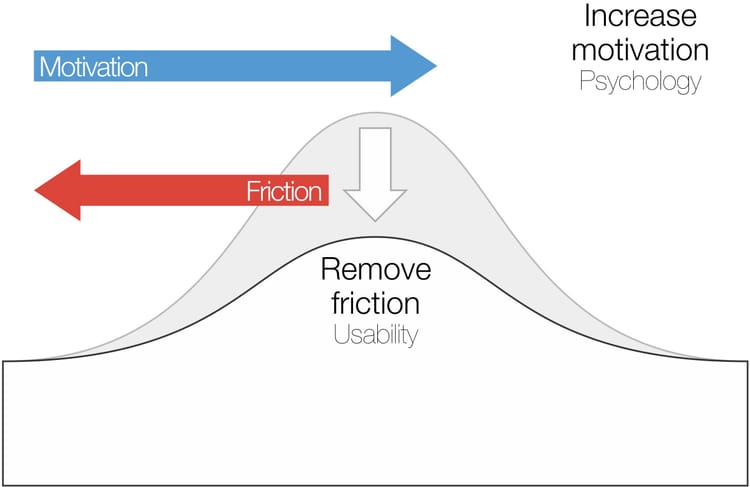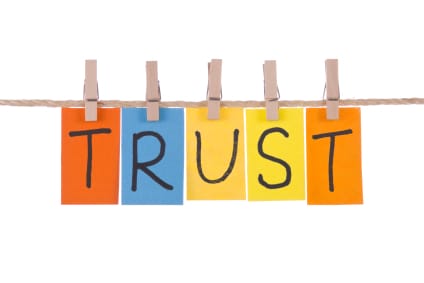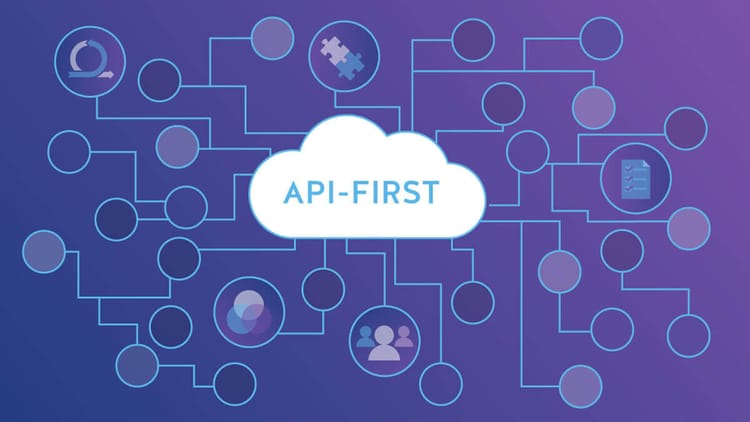Charting a Course Through Uncertainty
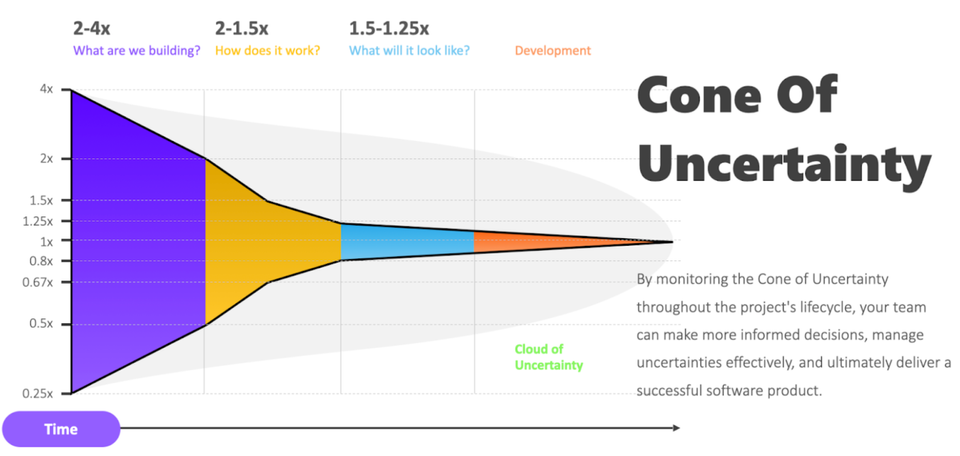
In the dynamic world of integration development, navigating the uncharted territory of partnerships can be daunting. While the potential rewards of collaboration are vast, the inherent uncertainties can often lead to missed opportunities, analysis paralysis or even unforeseen pitfalls. To get off the starting blocks and foster successful product partnerships, the concept of the "Cone of Uncertainty" offers a valuable framework.
Understanding the Cone of Uncertainty
Imagine a cone, with the wider end representing the present moment and the narrow end symbolizing the future. As we venture into the future, the cone contracts, reflecting the increasing certainty surrounding potential outcomes. This concept, applied to product partnerships, acknowledges the inherent unknowns associated with the start-up phase of any collaborative effort.
Applying the Cone to Product Partnerships
- Align partnership activities with current stage:
- Embrace the early stages of uncertainty.
You should be doing lots of brainstorming and getting lots of ideas on the table. Don't rush to make decisions too quickly. Give teams time to explore options before moving to later stages.
- Embrace Transparency with Partners:
- Clearly define partnership goals and expectations from the outset. This initial transparency sets the foundation for trust and open communication throughout the collaboration.
- Acknowledge the inherent uncertainties. By openly discussing potential challenges and roadblocks, partners can proactively develop contingency plans and navigate unforeseen obstacles collaboratively.
- Foster Open Communication:
- Establish regular communication channels to facilitate a continuous exchange of ideas and updates. This ongoing dialogue fosters a sense of shared ownership and keeps both partners informed and engaged.
- Encourage open and honest feedback throughout the partnership lifecycle. By fostering a culture of constructive criticism, partners can identify and address potential issues early on, preventing them from snowballing into larger problems later.
- Maintain Flexibility and Adaptability:
- Build in mechanisms for course correction as needed. The dynamic nature of product partnerships necessitates the ability to adapt to changing circumstances. Regularly revisit partnership goals and adjust strategies as needed to ensure alignment with evolving priorities.
- Embrace a "test and learn" approach. By experimenting with different approaches and gathering data along the way, partners can continuously refine their collaboration strategies and optimize their joint efforts for success.
Worked Example
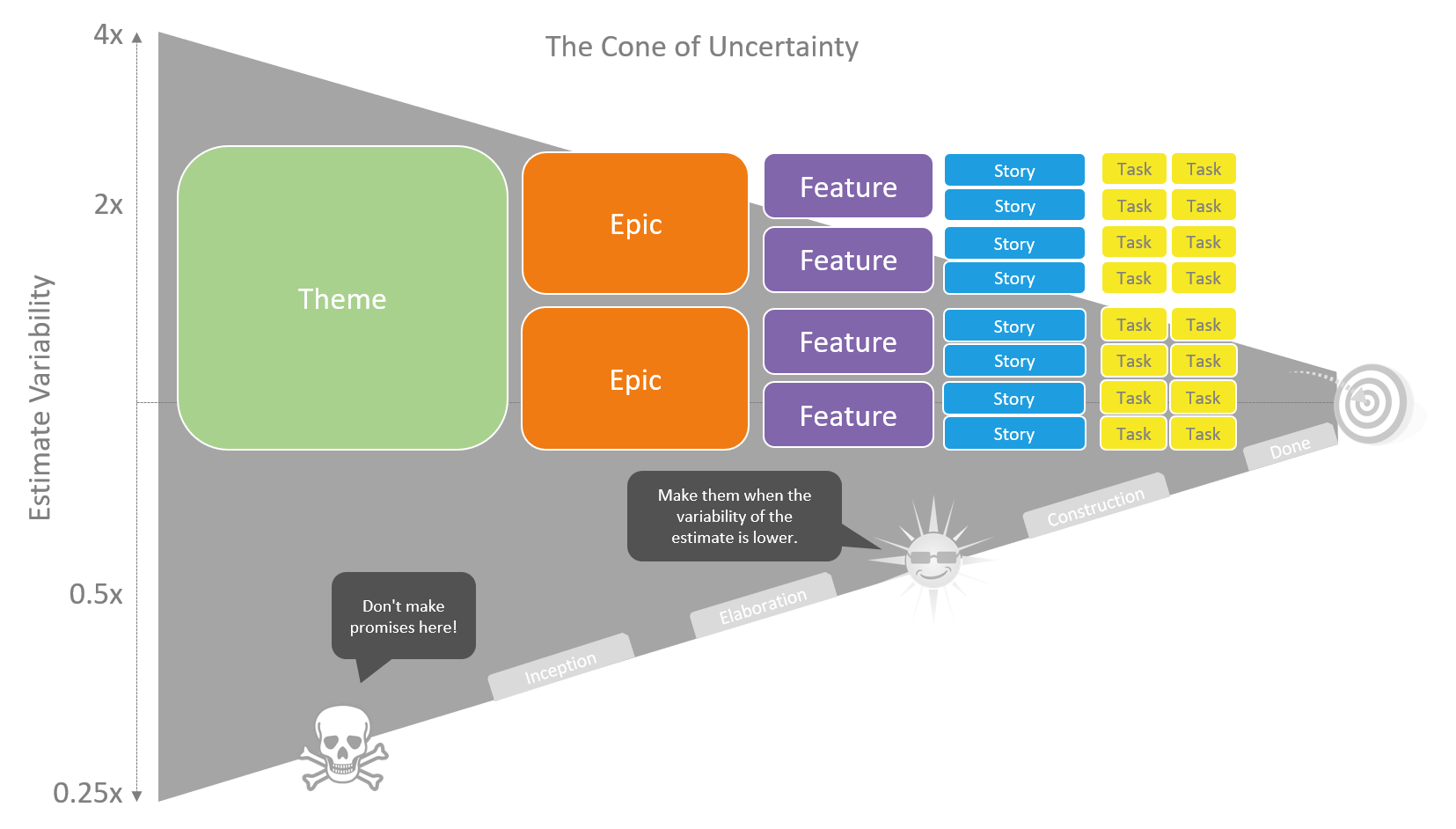
You can think about the early stages in the process as trying to identify the possibles Themes and user-problems, you want to solve with your partners. As you explore these, and find the most valuable areas, you can refine these into Epics, Features, etc. Just remember to allow adequate time for exploration of these Themes and validating them with customers, before moving to solutioning too soon.
Conclusion
By embracing the Cone of Uncertainty and adopting the principles outlined above, product partnerships can navigate the inherent unknowns and emerge as powerful engines for innovation and growth. Remember, successful partnerships are not built on guarantees, but on a foundation of trust, transparency, and a shared commitment to navigating the uncertainties together.
“To be uncertain is to be uncomfortable, but to be certain is to be ridiculous.” — Chinese proverb
If you enjoyed this piece, please share it. Thanks. 🙏
